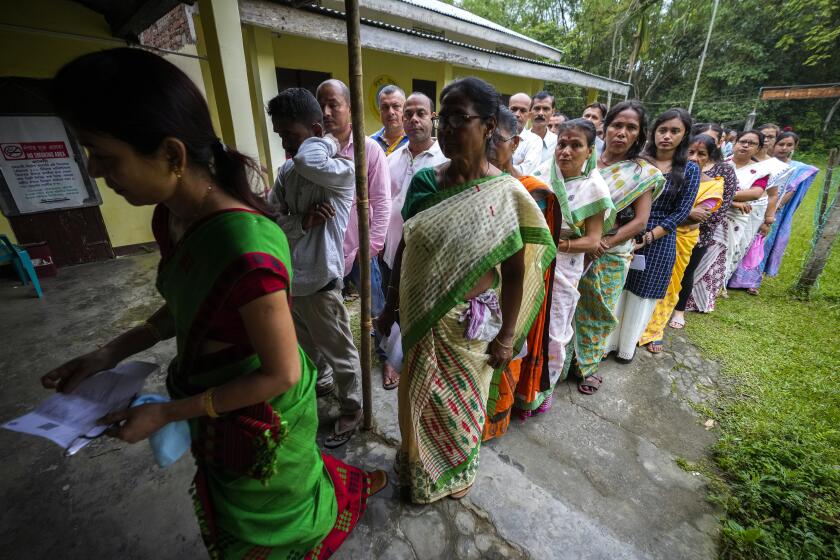Japanese traditions survive in unique corner of Buenos Aires
Argentina’s Japanese community numbers some 60,000, and many of them continue to preserve their culture and traditions with the epicenter of that effort being a unique and tranquil Japanese garden more than 50 years old amid the noise and traffic of Buenos Aires.
In 1967, before the arrival in Argentina of Japan’s then-Crown Prince Akihito and Crown Princess Michiko, the Japanese community began construction of the park, and 30 years later, when the couple returned as the Asian nation’s emperor and empress, it was expanded to its current three hectares (about 7.5 acres), making it the largest public Japanese garden outside of Japan.
The hundreds of visitors to the garden each day can enjoy a combination of Japanese architecture - with its characteristic roofs and bridges - and vegetation native to the Far Eastern nation, including three “kaki” trees descended from other such trees that survived the atomic bomb dropped by the US military on Hiroshima in 1945.
All the elements of the garden are laden with symbolism, according to Japanese philosophy: the island of the gods, which dominates the center of the park, is accessed by a peculiar curved bridge, difficult to traverse because it is designed to reflect the obstacles of life and the complexity of ascending to the celestial realm.
Beneath the waters of the lake surrounding the island and which covers a large part of the garden the vivid colors of hundreds of carp stand out, that fish being much appreciated in Japan for its strength and perseverance at swimming against the current. And on the banks of the lake grow the Oriental archipelago’s famous cherry trees, which with their brief blooming recall, according to the Japanese saying, the “ephemeral (nature of) happiness.”
The garden was designed for meditation, so that people could come here “to be able to be at peace,” the press director for the Argentine-Japanese Cultural Foundation, Sergio Miyagi, told EFE, noting that that is a characteristic of Japanese culture and joking that “it fits very well” in Argentina due to the general stress and concern over the current economic situation.
Miyagi said that the garden is the “link of friendship” between Argentina and Japan “which is going to endure for centuries” and is proof of “the (mutual) admiration and respect” between the two countries.
In addition, the park also includes a teahouse, a plant nursery and a restaurant known for its sushi, along with the garden’s main structure - an imposing pagoda - which houses the Japanese community’s foundation, which is in charge of administering the park and organizing activities such as tea ceremonies, bonsai exhibitions and origami, karate and judo classes that maintain Japanese traditions.
Japanese emigration to Argentina began in the late 19th century, but took several decades to become a significant flow, intensifying only after World War II, sponsored by the government in Tokyo as a means to export its excess population, given the severe poverty caused by the devastating war.



